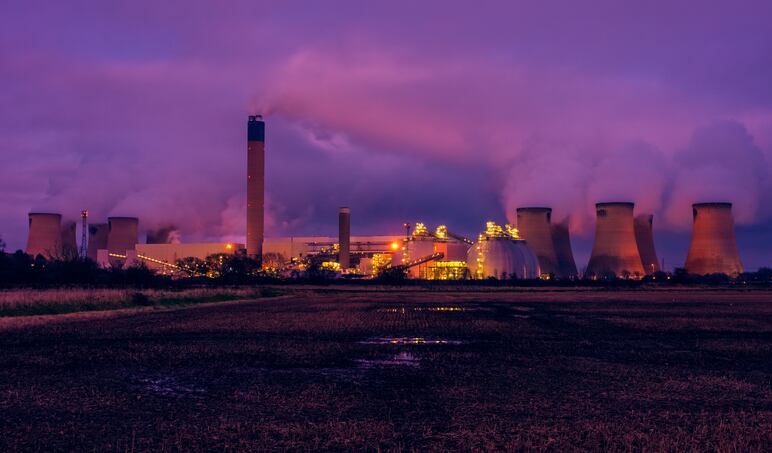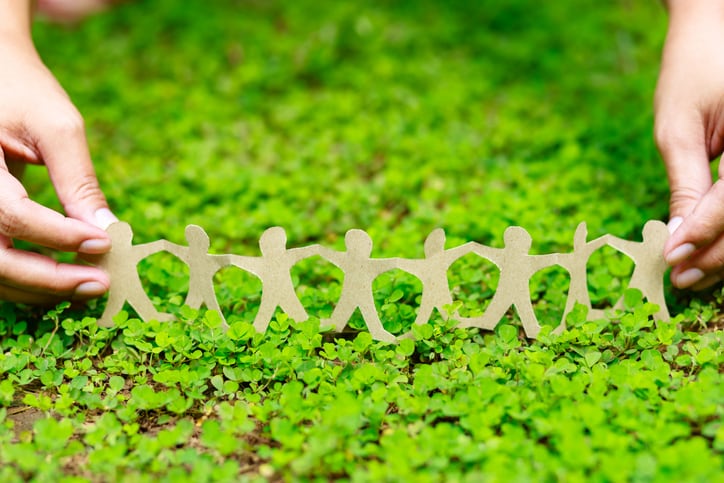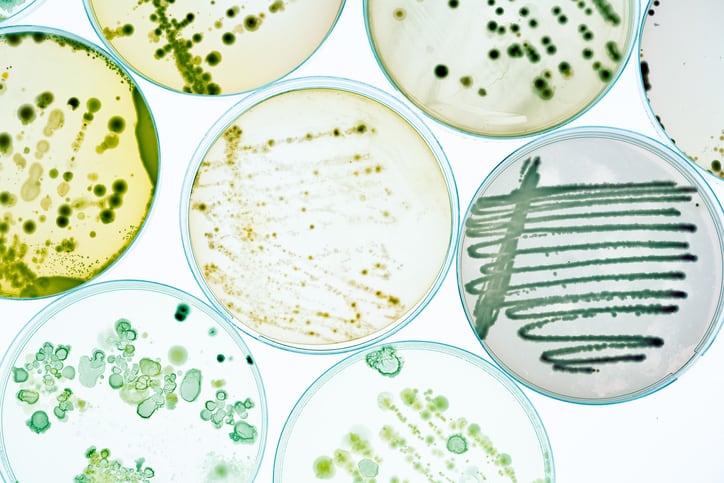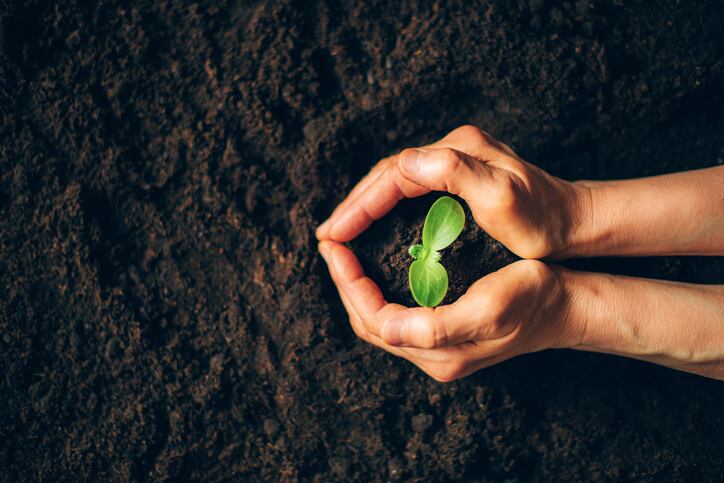On Earth Day 2021 – a day kickstarted by non-profit Earth Day Network in 1970 to celebrate and support environmental protection – CosmeticsDesign-Europe looks back at some environmental actions and pledges made by the beauty and personal care world and digs into areas of future opportunity identified by experts in the field.
‘Green beauty’ fuelled further by COVID-19 pandemic
At the start of 2021, we identified ‘green beauty’ as one of five mega-trends to watch for the beauty and personal care category in the EMEA region. And this trend had seen an exceptional acceleration as consumer priorities shifted amidst the ongoing COVID-19 crisis.
Corporate consultancy firm Accenture said the beauty and personal care industry could expect ‘two waves’ of sustainability interest in a post-COVID market – starting over the next 18 months and eventually mainstreaming by 2022. “People have clearly made a link between the singularity event of COVID-19 and the fact this is linked to planetary change. We are seeing a lot more interest in understanding questions around sustainability and the impact on people’s health,” said Oliver Wright, managing director and global lead on consumer goods and services at Accenture.

Overall, the COVID-19 crisis had made consumers ‘look inwards’, according to GlobalData, more carefully considering health and wellbeing and therefore scrutinising ingredients, formulations and brand claims more carefully.
In fact, the COVID-19 crisis had been paramount in accelerating and triggering a flurry of consumer shifts this past year. In December 2020, we outlined nine ways COVID-19 had changed beauty consumption in 2020 – a summary that included an ‘ethical ethos’ consumer shift where planetary, societal and health demands had soared. And as conscious consumerism continued its rise, the World Wildlife Fund (WWF) said now was the time to “galvanise” this increased interest and engagement.
Post-pandemic sustainable action from every industry, including beauty, was urgent, according to the United Nations Environment Programme (UNEP). In its December 2020 report, it said the globe was tracking for a 3.2°C temperature rise by the end of this century – far above the 1.5°C goal outlined five years ago under the Paris Agreement. “More ambitious action” was therefore needed in this coming decade because time was “running out”, said Anne Olhoff, lead author of the report and head of climate planning and policy at the UNEP DTU Partnership.
And the mass of environmental and social pledges made across the global beauty industry in the last year certainly indicated a desire to act.
Big beauty brand pledges – ramping up sustainable and social actions pre-2025/30
L’Oréal released its ‘For the Future’ 2030 sustainability plan in June 2020, outlining a global business roadmap that aimed to replace all plastic packaging over the next decade with recycled or bio-based materials and ensure 95% of its ingredients were bio-based, derived from abundant minerals or circular, among a raft of other goals.

Unilever also outlined its plethora of 2030 climate goals, aiming to hit net-zero emissions across all its products a bit after, by 2039. The personal care major also notched up efforts by announcing it would seek shareholder approval on these pledges to deepen transparency and change. Earlier this year, it also pledged €2bn in annual spend to working with ‘diverse’ suppliers worldwide.
In September 2020, Johnson & Johnson also outlined its 2030 goals on plastic packaging, ingredient transparency and preventive health – all part of its ‘Healthy Lives Mission’. And many, many more businesses – large and small – had published long-term climate action and sustainability goals.
Many brands had also engaged with reuse and recycling trials, alongside US private recycling major TerraCycle. And these efforts had even shifted online with Unilever, Nivea and Beauty Kitchen joining a zero-waste pilot e-commerce platform from TerraCycle and Tesco last year.
Carbon capture front-and-centre of packaging and formulation innovation
Plenty of action has also been seen in the packaging and formulation space, with a whole range of innovations coming through the pipeline – notably in carbon capture and upcycling.

L’Oréal, for example, had partnered with energy giant Total and carbon recycling major LanzaTech to develop a sustainable cosmetics bottle from polyethylene made using captured and recycled carbon emissions. Estée Lauder was also using carbon renewal technology to develop more sustainable packaging across its beauty lines.
Fragrance and beauty major Coty had also signed a letter of intent to partner with LanzaTech to integrate sustainable, carbon-captured ethanol into its fragrance formulas.
Back at the beginning of 2020, trend consultant Monique Large predicted carbon capture could become big in beauty’s quest for a sustainable transformation, though at the time she was unsure how easy upscale would be.
Paper packaging, upcycled ingredients and plant cell tech boom
Beyond carbon capture, there had been many other breakthroughs in sustainable beauty packaging and formulation design, including L’Oréal’s paper cosmetic tubes, co-created with Albéa Packaging and launched under its La Roche-Posay brand in June 2020.
Amorepacific also released a paper bottle back in August 2020 under its Innisfree brand, noting paper was a key focus in its push to replace plastic.
Upcycled ingredients had also edged further into mass beauty formulations as sustainable active or functional ingredient alternatives. Upcycled coffee was just one example, with Danish biotech startup Kaffee Bueno securing a further €1.1m in seed funding last year and attracting interest from big brands like Nivea. The brand was also working with supply major Givaudan to upscale use of its coffee oil variant.
Plant cell culture technology had also continued its rise in providing alternative, sustainable ingredients for the global cosmetics category. The ‘renaissance’ of plant cell culture technology was being built on a decade of huge scientific advances, according to academics.
Beauty’s future? Circularity, collaboration and climate concerns
And alongside all this innovation, there had been a significant uptake of sustainable certifications across beauty – a space there was no shortage of choice. From established global standards like Cradle to Cradle (C2C) and B-Corp to more upcoming or specific options like Climate Neutral and FairWild Foundation’s wildlife friendly mark, there was a raft of options for beauty brands and manufacturers worldwide.

And many experts believe these standards and on-pack certifications would be crucial in driving continued future consumer engagement on sustainability, as well as providing much-needed transparency and accountability throughout supply chains.
So, as the beauty industry looked to the future, perhaps it could draw inspiration from TerraCycle’s CEO who said the most exciting path for a sustainable and circular beauty future was in the burgeoning reuse movement.
Or take time to consider what Greta Thunberg had achieved thus far, for inspiration on the ‘cathedral thinking’ necessary to carve out a more sustainable future.
No matter what, experts worldwide were aligned that none of this could be accomplished without collaboration. Sustainable beauty on a mass scale could only be achieved with internal, peer-to-peer and multi-stakeholder joint efforts, in both the pre-competitive and competitive space.
Editor’s Thoughts

This feature, like last year, is merely a snapshot on the raft of efforts industry has been investing in over the past 12 months. What is clear, though, is that the number of beauty brands, manufacturers and retailers engaging on sustainability has soared. And a hugely promising sign for the future is that suppliers too have become much more vocal and transparent in what they are doing to plug needs and align with wider sustainability goals.
Transparent action will be key in moving forward with a thorough and meaningful sustainable beauty future. And from farm to face, every player needs to be involved.
The next push will be moving beyond business and engaging with consumers, retailers and recyclers once products leave the factory, to close the loop on circular efforts.
COVID-19 has provided an unlikely backdrop for this fired up sustainability focus among beauty consumers, and it’s an acceleration that must be met by clear and concise industry action. As 2030 looms, time is of the essence as the world grapples an ongoing health, economic and environmental crisis combined.




